The perfect and even moisture level is the key to a perfect Arena Surface – think of what it’s like riding on the Beach at Low Tide!
Even moisture in horse arena footing is essential for keeping the arena surface uniform, but not all watering systems are created equal. When it comes to watering your horse arena, Sub-surface irrigation systems are much more efficient and environmentally friendly than any standard overhead sprinkler system.
We are often asked which Sub-surface watering system for horse arenas would be better for our clients. While we are installers for both the HIT ActiveAqua UnderGround Watering System and also the Ebb- and Flow System, we would like to explain the difference in the technical aspects, as well as pros and cons of each system. While both systems are suitable for all climates in indoor and outdoor arenas alike, which is the more appropriate option does differ depending on the region and climate.
Construction and Configuration
Here, let’s examine the construction processes of each system that we offer.
HIT Active Aqua UnderGround Watering System for Horse Arenas
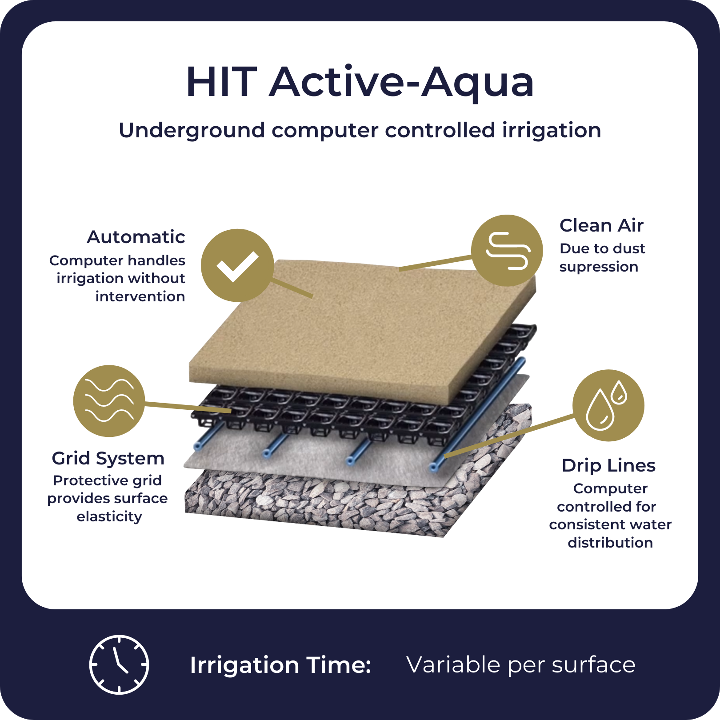
Graphic by Jelka UK
- The fence posts with kickboards are installed.
- Sub-base: A free draining base with 4-5″ of a clean 3/4 DrainRock sloped @ 1% longitudinally.
- Base: A special permeable liner covers the rocks followed by HIT DrainGrids as the PERMANENT separation layer between the rocks and the arena footing. Rocks or the liner will never migrate into the arena surface.
- Arena footing: A fine sand is being installed above the DrainGrids 4-6 inches depending on the discipline. Can be constructed with sand only or a sand and fiber surface.
Ebb- and Flow Horse Arena System
Graphic by Jelka UK
- Cut and fill of the natural ground laser at 0% plane.
- Install fence posts with a concrete curb or kickboards.
- Lay down 2″ coarse sand.
- Roll out a heavy laminated PVC waterproof liner to contain the water.
- Lay the drainage pipes covered with landscape fabric.
- Apply of a coarse sand 7 inches.
- Apply of the footing sand 7 inches.
- Install water level control tanks for the pump-system to maintain the perfect moisture content
Water consumption
The capillary action of the silica sand is moving the water in the upward direction and absorbs the moisture like a sponge.
The HIT system uses 50% less water than the Ebb- and Flow system as only 6-7 inches sand versus 13 inches of sand are being watered.
Air flow in the sand
The HIT system is laid on a slow percolating liner, which still allows rain water to percolate through BUT also keeps the sand BREATHING. The sand never accumulates any algae, bacteria or fungi. The Ebb-and Flow system creates algae on the surface and mold, bacteria and fungi in the lower part of the sand which sits on a non-permeable liner.
Drainage
While the Ebb- and Flow relies on the speed of the pumps to expel rain water from the surface, the HIT system works like any other Free-Draining base, but with the advantage of a permanent separation layer between the DrainRock and the Arena footing. This way the DrainRock and the non-woven geotextile liner used above the DrainRock could NEVER migrate up into the arena footing.
Even Moisture
When in comes to covered arenas, the problem is that in dry conditions there is always one side which is getting hit by sun exposure and shade on the other side of the arena. Also, during rain, one side with wind impact can get wetter than the rest of the arena. We can address the problem with the HIT System, using 4-5 water cycles which can be controlled on different watering settings.
Irrigation controller
At Footing SolutionsUSA, we work with Galcon GSI Irrigation, a cellular web-based controller where the client can monitor the water consumption (us, too, if the client permits) of the HIT Active Aqua system.
If there are too many organic deposits, such as leaves from adjacent trees or horse manure, these deposits form a kind of compaction horizon that can interrupt the capillary effect of the sand over the years. This compaction horizon must then be localized and removed. Avoiding this contamination keeps your riding arena permanently functional.
Replacing of Arena Footing
When your arena footing has reached it’s lifespan and you would like to replace the arena footing with new sand and sand additives, you can easily remove the old Surface from the HIT-DrainGrids (the permanent separation layer between your sub-base and arena footing) and install brand new arena footing.
The arena footing of the Ebb- and Flow System is difficult, and even impossible to be be replaced due to the large water pipes which sit below the arena sand.
Mineral build up and maintenance of the Ebb- and Flow System
In order to prevent the water in the system from accumulating bacteria, mold, germs and other contamination, we recommend replacing the entire system with water on a regular basis. One or two times a year, preferably in summer, the entire system should be pumped out and refilled with the heavy rain function. This also reduces the formation of odor emissions in the summer months. Because water is a regional element, it can contain different and regionally accumulated minerals.
Lime, iron and other mineral substances can cause discoloration of the sand and deposits in the system. The pumps and sensors in the system are particularly susceptible to these deposits. Cleaning should be done where these minerals are abundant regularly. A failure of the devices or a replacement of these devices due to wear and tear can occur in the long term.
So, the Ebb- and Flow System is more suitable in high precipitation climates where the rainwater which is pumped out constantly is cleaning the sand.
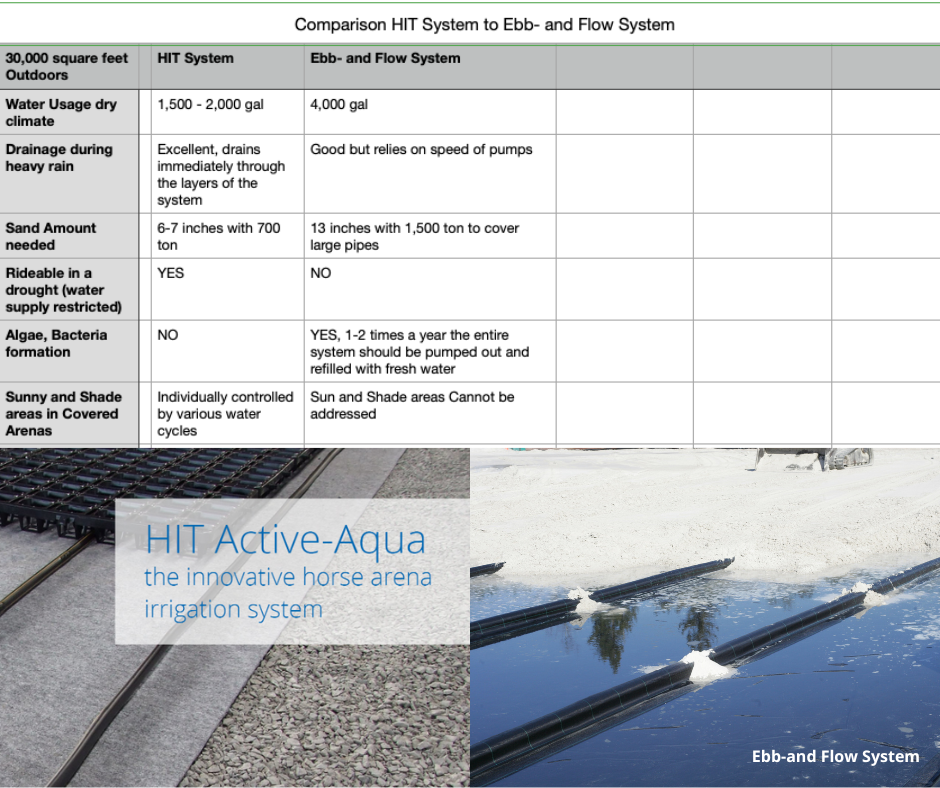
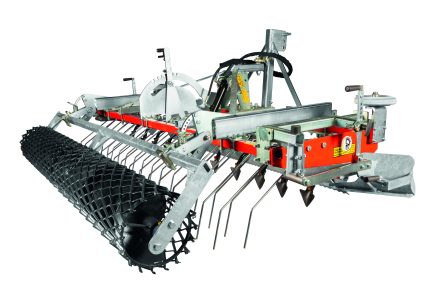
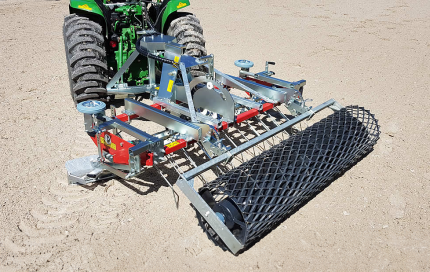
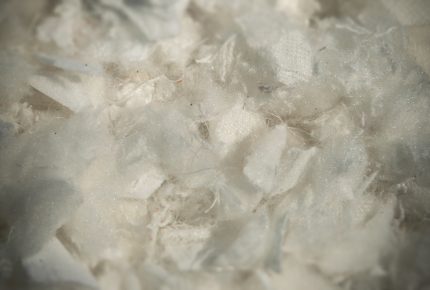

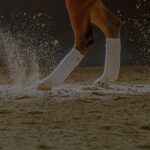 Geotextile Arena Footing
Geotextile Arena Footing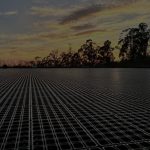 Subsurface Irrigation
Subsurface Irrigation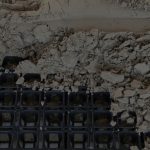 Arena Base Systems
Arena Base Systems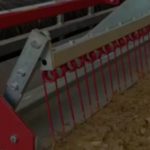 Arena Drags & Groomers
Arena Drags & Groomers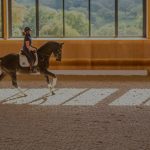 Mirrors and Kickwall
Mirrors and Kickwall Horse Wellness
Horse Wellness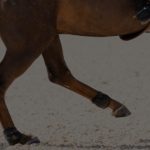 Dust Control
Dust Control